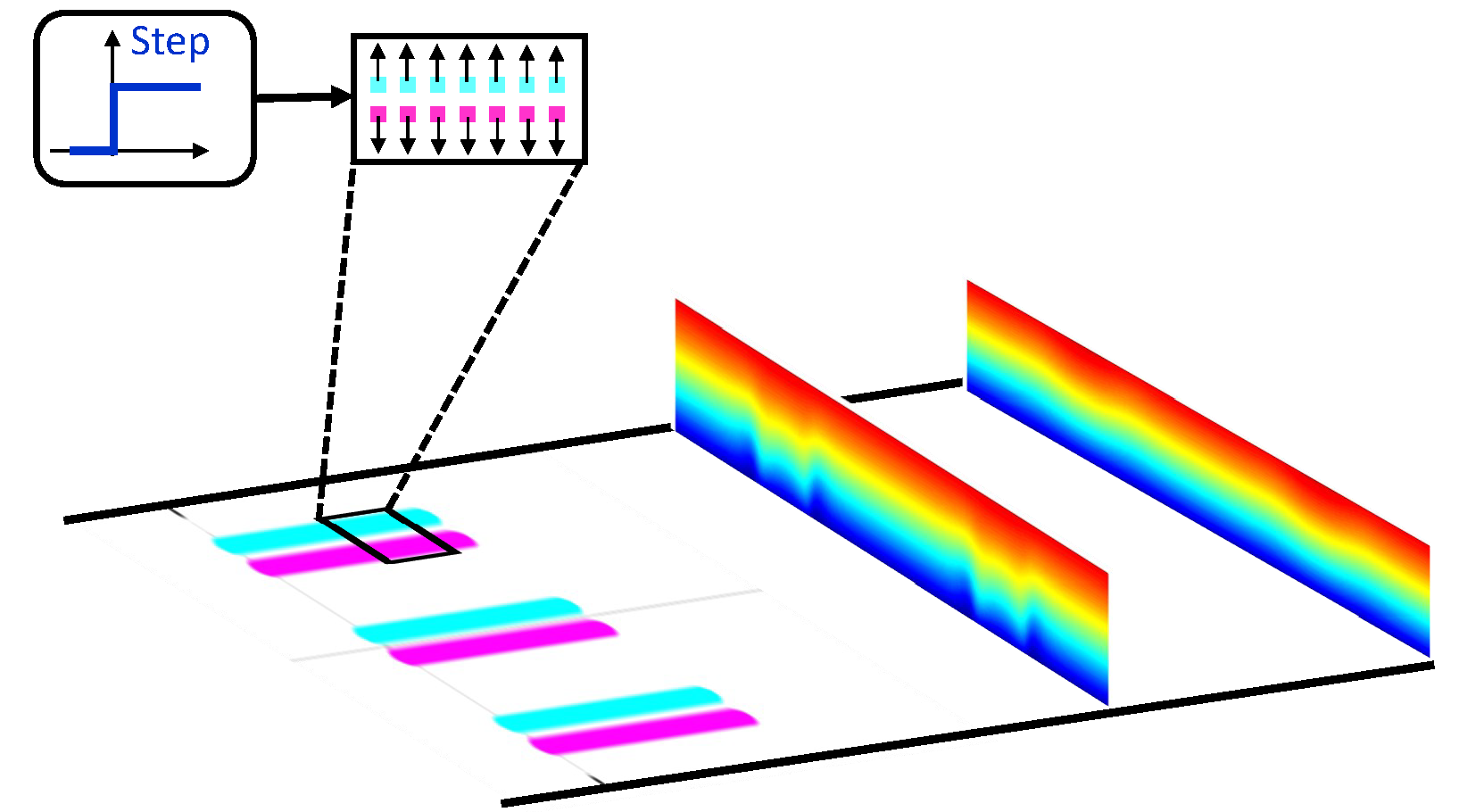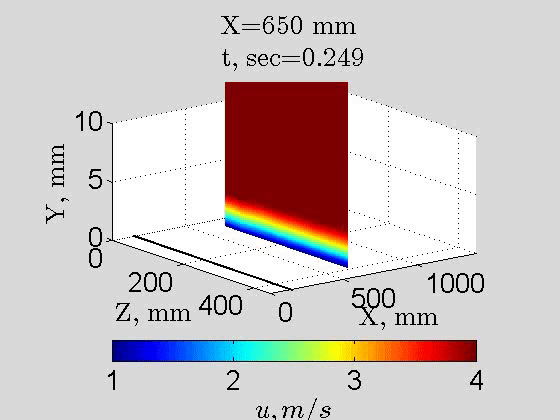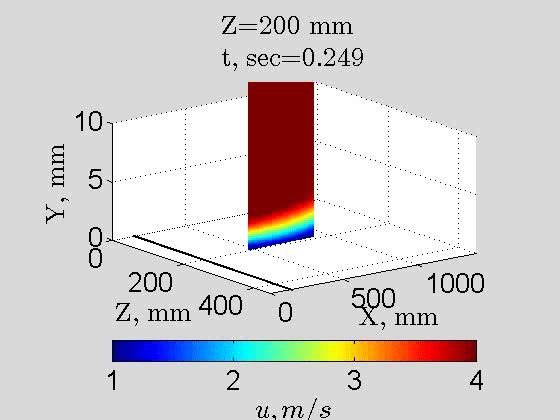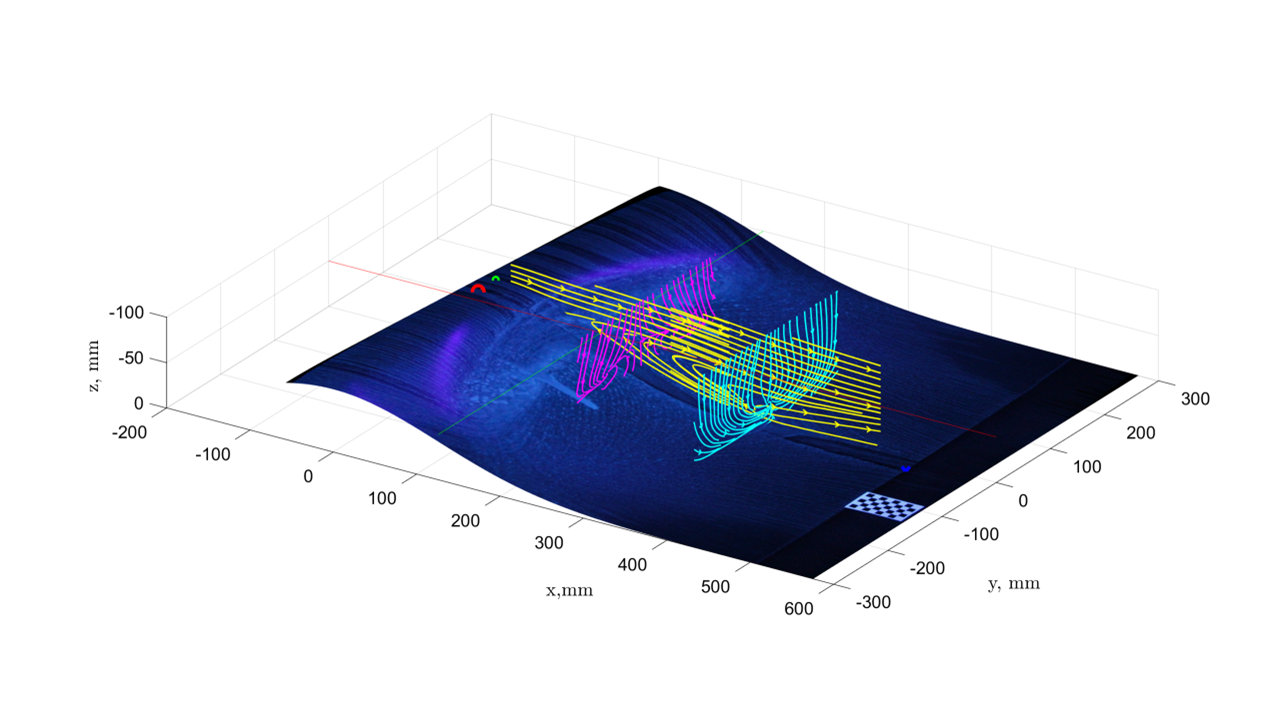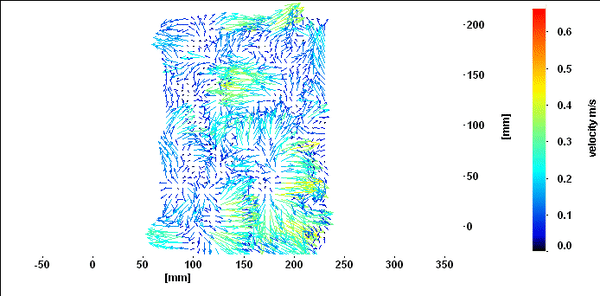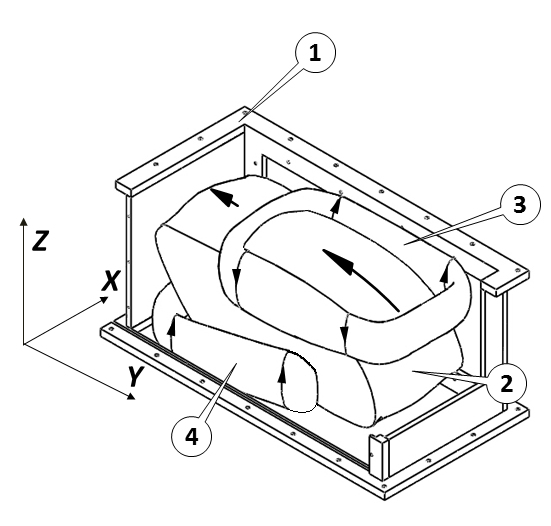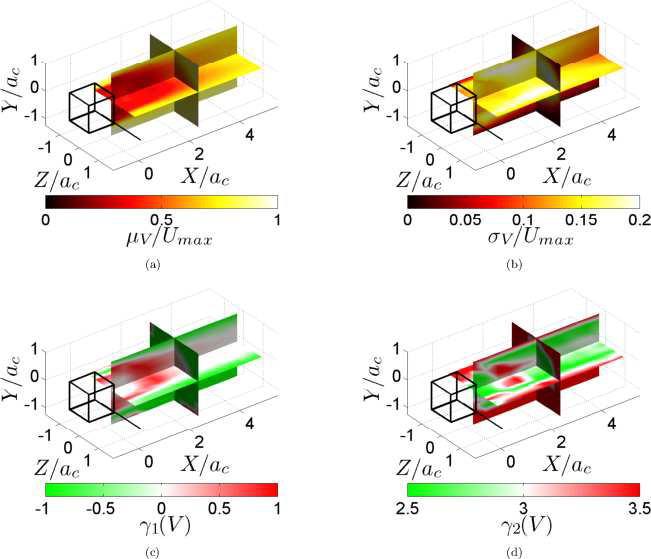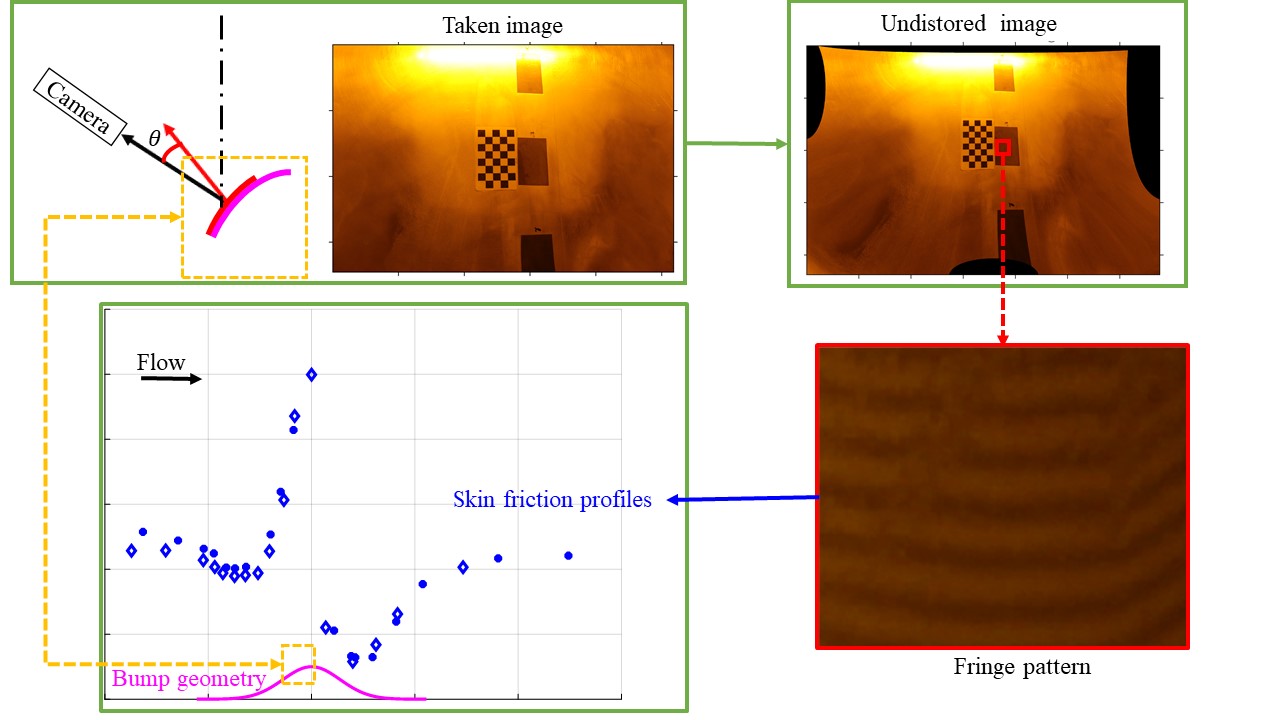For more details see:
- Gluzman I. & Gayme F. D., Input-output framework for actuated boundary layers, Phys. Rev. Fluids, 6 (5), art. no. 053901 (2021). (Link)
- Gluzman I., Cohen J., Oshman Y., Blind disturbance separation and identification in a transitional boundary layer using minimal sensing, J. Fluid Mech., 927, A4 (2021). (Link)
- Gluzman I., Oshman Y., Cohen J., Detection and Isolation of Tollmien-Schlichting Waves in Shear Flows Using Blind Source Separation, Mech. Syst. Signal Process., 136, 106485 (2020). (Link)
- Gluzman, I., Oshman, Y., Cohen, J., Estimation of Disturbance Propagation Velocity in Transitional Shear Flow, Graduate Seminar in Fluid Mechanics, Department of Mechanical Engineering, Johns Hopkins University, Baltimore, MD USA, May 4, 2018. (Download slide)
- Gluzman, I.∗, Cohen, J., Oshman, Y., Disturbance Source Separation in Shear Flows Using the Degenerate Unmixing Estimation Technique (DUET), The Annual Workshop of Graduate Students in Systems & Control Under the auspice of IAAC – the Israeli Association for Automatic Control, Haifa, Israel, May 8, 2017. (Download slide)
- Gluzman, I.∗, Cohen, J., Oshman, Y., Disturbance Source Separation in Shear Flows Using Blind Source Separation Methods, The 70th Annual Meeting of the American Physical Society – Division of Fluid Dynamics, Denver, CO USA, November 19–21, 2017. (Download slide)
- Gluzman, I., Disturbance Identification in Boundary Layer Flow via Blind Source Separation, Ph.D. Thesis, Technion – Israel Institute of Technology, 2017. Thesis Advisors: Jacob Cohen, Yaakov Oshman. (Download Thesis, Seminar Slides)
- Gluzman, I.∗, Cohen, J., Oshman, Y., Disturbance Source Identification for Flow Control: Problem Formulation for Infinitesimal Disturbances, The Annual Workshop of Graduate Students in Systems & Control Under the auspice of IAAC – the Israeli Association for Automatic Control, Holon, Israel, May 2, 2016. (Download slide)
|
 |



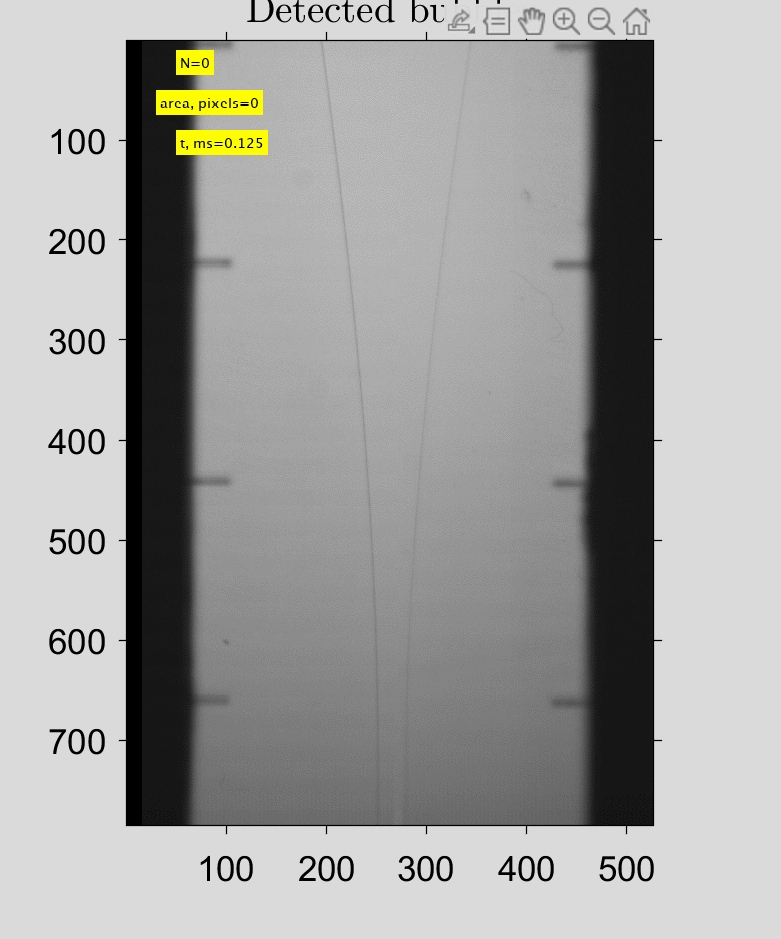
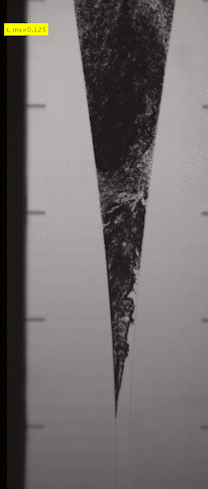

 Unsteady shock waves propagating in a spiral motion in JP-5 fuel (bottom images), while a standing bubbly shock was observed in water (top images
Unsteady shock waves propagating in a spiral motion in JP-5 fuel (bottom images), while a standing bubbly shock was observed in water (top images